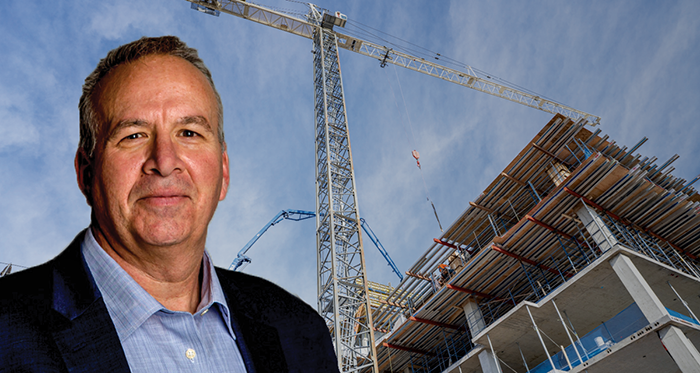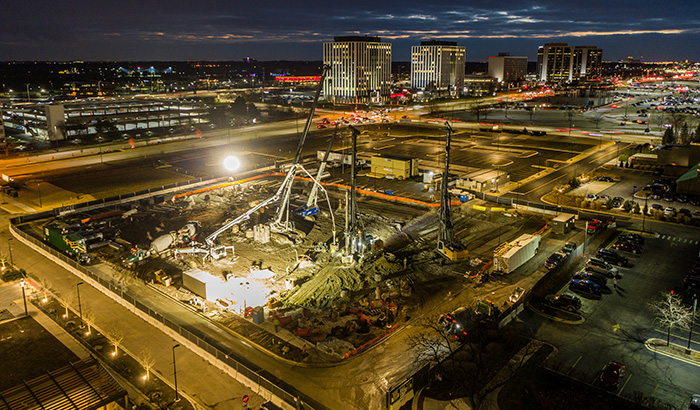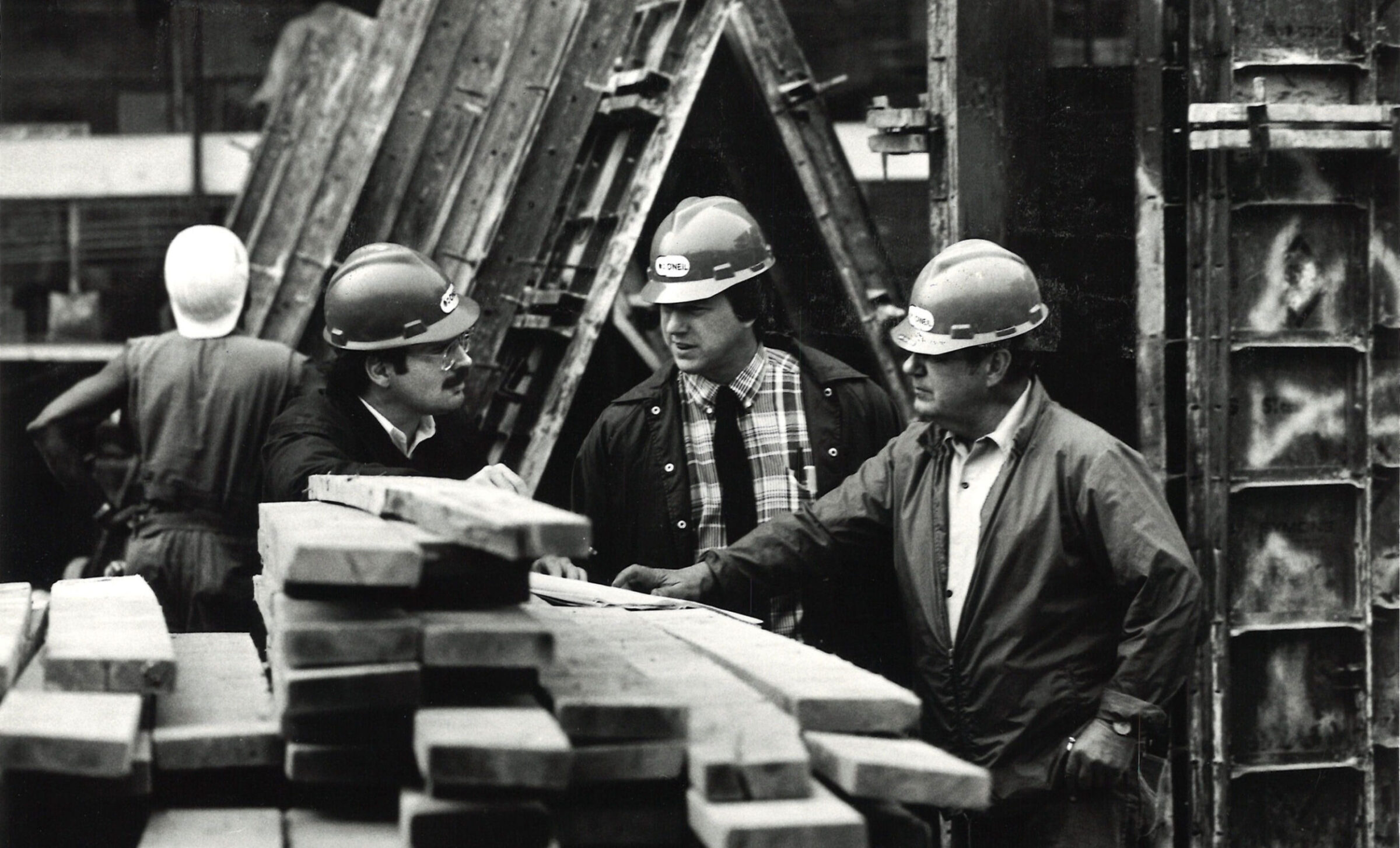Construction sector showing signs of life despite COVID

Originally published in Crain’s Chicago Business on 2/12/2021:
When Rahm Emanuel was mayor, he would tout a simple metric as evidence Chicago was on the path of progress: the number of construction cranes on the city’s skyline.
By 2017, the count had risen to 33. Today’s tally? Just 12, according to the Chicago Department of Buildings.
Attribute the decline to the coronavirus pandemic, which interrupted a building boom that transformed the skyline and urban life in Chicago with new luxury apartment towers and trendy hotel and office projects. Construction starts in the Chicago area fell 25 percent in 2020, representing $10.1 billion in projects, according to Dodge Data & Analytics, a Hamilton, N.J.-based research firm.
But after being knocked down last year, the local construction industry is starting to get back on its feet. Some developers have shelved plans for big projects, unable to secure financing. But the pandemic merely delayed other developments. Construction executives are feeling a mix of relief that the worst is over and hope that a nascent recovery is already underway.

“From our little corner of the world, it’s certainly a whole lot better than it was last year,” says Damian Eallonardo, Senior Vice President of Operations at Chicago-based W.E. O’Neil Construction. The company is even hiring again.
The market won’t come back completely this year: Dodge forecasts just a 3 percent increase in Chicago-area construction starts for 2021. But after last year, even a small increase is good news for the businesses and workers who earn a living by pouring concrete, welding steel—or operating a tower crane. Construction is one of the area’s biggest industries, employing more than 120,000 people.
When the coronavirus crept into the region, it didn’t stop construction already well underway. Gov. J.B. Pritzker and Mayor Lori Lightfoot allowed work to continue on existing projects. But investors, developers, and lenders held off on new ones, wary of putting money at risk at such an uncertain time. Obtaining a construction loan became a lot harder. With little new business coming in, contractors’ pipelines began to shrink.
Skender, a Chicago-based contractor, felt the impact quickly, especially in its unit that builds out interior spaces for tenants in office buildings. The interiors business accounts for about 40 percent of Skender’s revenue.
“It was like someone stole the battery out of a moving truck,” says Justin Brown, President and CEO of Skender.
Skender’s revenue dropped 6 percent last year, to $390 million, and Brown expects it to fall even more this year, to $350 million. But construction is a lagging market, with revenue trailing bookings by many months. Brown expects Skender’s revenue to surge to $500 million by 2022.
“There’s going to be a lot of activity in the next six months,” Brown says. “You’re just not going to see it until 2022.”
The office interiors market remains a big question mark: If office tenants continue to ask or allow employees to work from home after the pandemic is over, will demand for interior buildouts shrink or grow, as more businesses reconfigure their space for a post-COVID world? Though the work-from-home trend can’t be good for office landlords, smaller offices don’t automatically mean less work for companies like Skender.
Ironically, office construction starts here jumped 69 percent last year—the biggest increase among all sectors, according to Dodge—mainly because developers broke ground on two huge office buildings that were teed up before the pandemic hit, Salesforce Tower on Wolf Point and BMO Tower in the West Loop. But Dodge forecasts a 39 percent drop for the sector this year.
The industrial market has been a major bright spot, as developers stamp out big new warehouses for logistics and e-commerce companies like Amazon. Warehouse starts rose 25 percent in 2020, with a 2 percent gain forecast for this year, according to Dodge.
Not surprisingly, few contractors are building hotels and retail buildings amid the severe coronavirus-induced slump in those markets. But O’Neil has found some opportunities in the mall business. The company is demolishing a former Sears store at the Hawthorn Mall in Vernon Hills and preparing the property for major redevelopment that will include a large apartment building.
Many construction companies are counting on a rebound in the apartment market, a huge growth sector during the boom. But the pandemic hit downtown multifamily landlords especially hard, one reason apartment development fell 56 percent in the Chicago area last year, according to Dodge.

For some contractors, the suburbs will offer more opportunity. O’Neil, for instance, recently broke ground on a 17-story apartment building on the former McDonald’s headquarters in Oak Brook. Dodge forecasts a 26 percent increase in local apartment construction in 2021.
Construction costs have edged lower over the past year as many subcontractors have reduced their prices, willing to give up some profit margin just to stay busy, says Eallonardo. But costs for wood, steel and other key materials have risen.
“We’re not seeing any wholesale reductions in cost like we did in the Great Recession,” he says.
Tower cranes, however, don’t cost as much as they used to. John Martello, General Manager at Central Contractors Service, a crane rental company in Alsip, estimates that tower cranes rent for about 15 to 20 percent less than they did before the pandemic. Contractors rent the contraptions for big high-rise projects, where the cranes’ big booms swing overhead, moving materials into place for workers below.
Martello also has had to cut jobs. Central employs about 160 people now, down from more than 200 in 2019, he says. But business is picking up and he’s feeling better about the market—much better than he did last year.
“We were really expecting the worst,” Martello says. “I thought we were going to have to lay everyone off.”
Crain’s Chicago Business’ original article can be found here.


